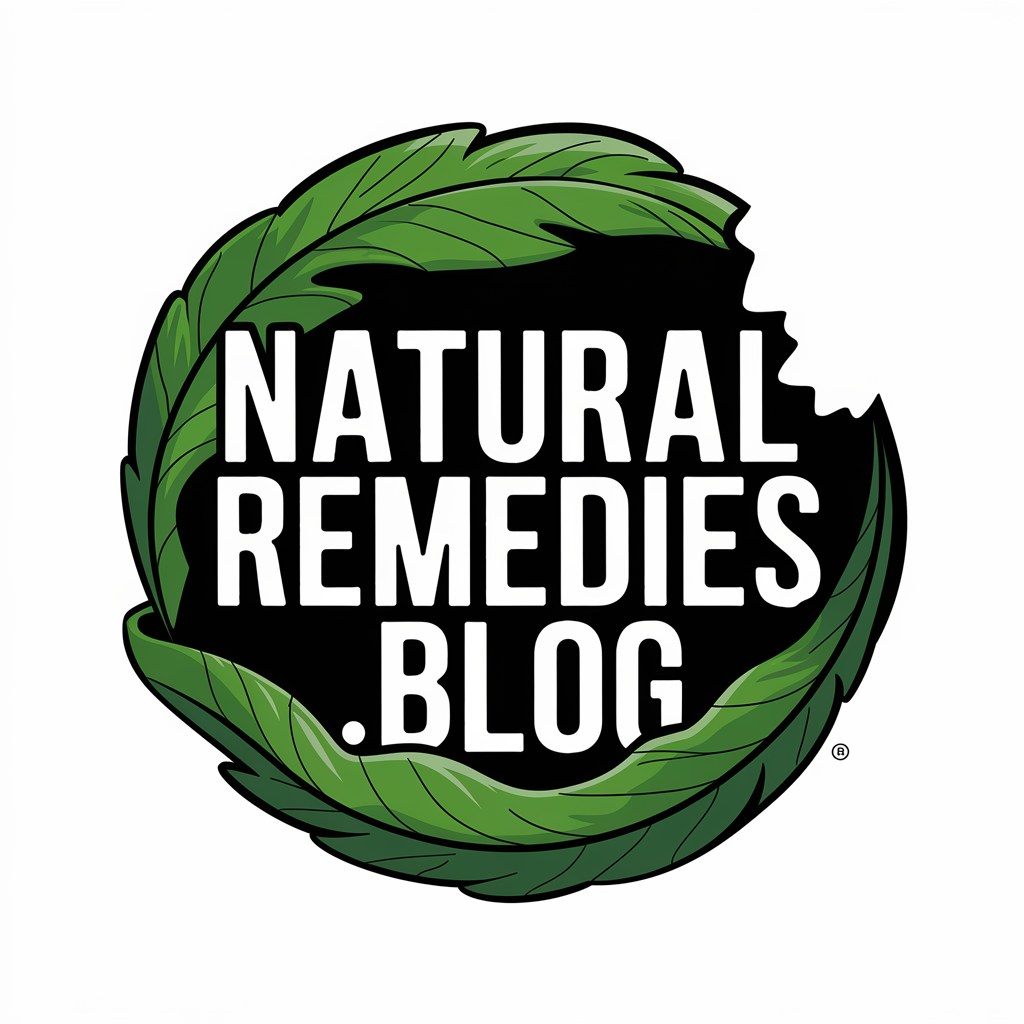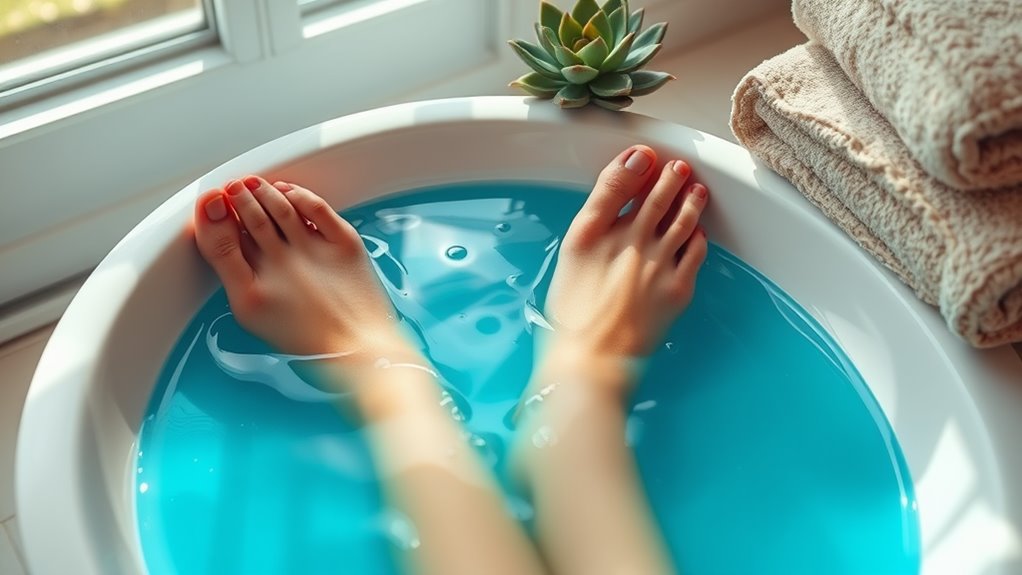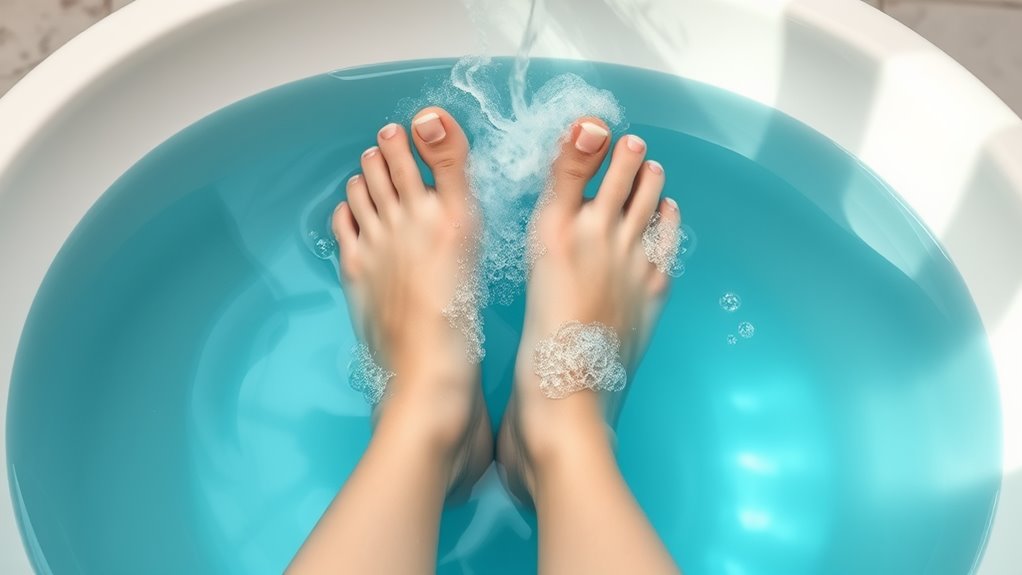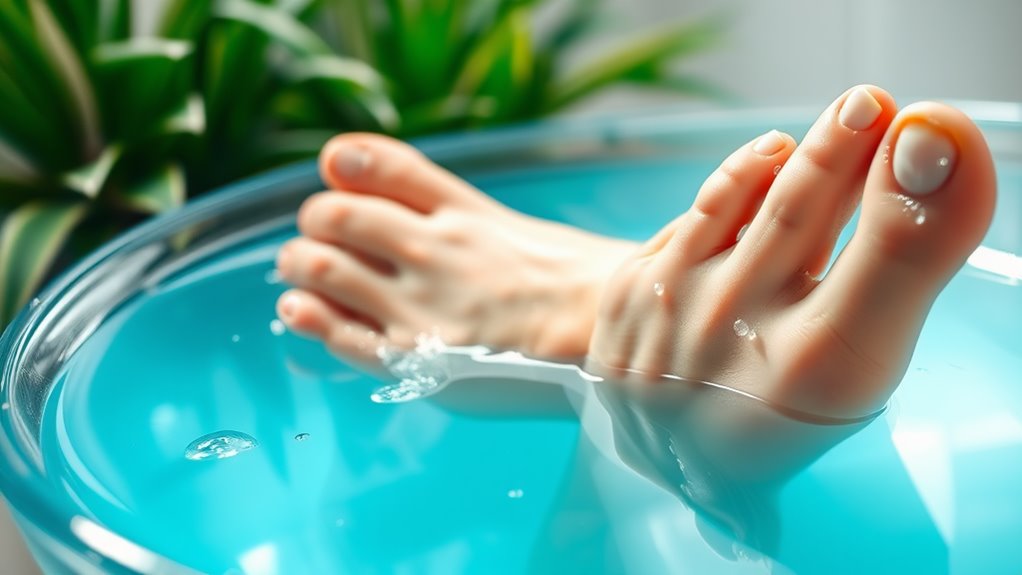Your Feet Will Thank You for This Listerine Soak Trick
If you’re looking for a simple way to improve foot health, a Listerine foot soak might be your answer. This soak combines Listerine’s antifungal properties with vinegar, effectively treating toenail fungus and preventing athlete’s foot. It helps soften dry skin, removes dead cells, and reduces callus buildup. However, always take safety precautions, like testing for sensitivities and avoiding open wounds. Want to learn more about how to prepare the soak and its other benefits? Keep discovering!
The Antifungal Power of Listerine
The antifungal power of Listerine primarily comes from its essential oil components, especially thymol, which possesses recognized antifungal properties. This compound, found in the gold-colored formula, aids in treating mild to moderate toenail fungus and helps prevent athlete’s foot by inhibiting fungal growth. When using a Listerine foot soak, you capitalize on its disinfectant abilities to maintain foot hygiene and reduce fungal infections. Additionally, the active ingredients like thymol and menthol work together to enhance the soak’s effectiveness. While it’s a popular natural remedy, remember that Listerine isn’t a substitute for professional medical treatments, especially in severe cases; consulting a healthcare provider is recommended if symptoms persist or worsen. Additionally, using Listerine foot soaks may help prevent recurrence when paired with proper foot hygiene practices.
How to Prepare Your Listerine Foot Soak
Harnessing Listerine’s antifungal properties in a foot soak requires a straightforward approach to preparation.
Start by mixing ½ cup Listerine and ½ cup vinegar in a basin, then add enough warm water—approximately 1 gallon—to cover your feet fully. Stir thoroughly to blend the ingredients. The active ingredients in Listerine work to penetrate callused areas effectively.
You can include 2-3 tablespoons of honey for added moisture or a few drops of lemon juice for exfoliation. It’s important to note that using proper dilution of ingredients is crucial to avoid irritation.
Soak your feet for 15-30 minutes, ensuring the water is comfortably warm.
Always test the temperature with your elbow before immersing your feet, avoiding burns while maximizing ingredient effectiveness.
Benefits for Dry Skin and Callus Prevention
Why struggle with dry skin and calluses when a simple Listerine foot soak can offer relief? This soak softens and removes dead skin cells, leaving your feet smoother. The antiseptic properties of Listerine, along with vinegar’s exfoliating effects, reduce the risk of infections in dry, cracked skin. Soaking your feet opens pores and boosts circulation, stimulating skin health. Essential oils from Listerine help to penetrate the skin, providing additional antimicrobial benefits during the soak. Regular use can help eliminate bacteria and fungi that thrive in warm and moist environments, preventing foot odor and supporting overall foot health.
Regular use prevents callus buildup by keeping skin soft and hydrated, while efficient dead skin removal stops thickening. Compared to pumice stones, this method is more accessible and provides additional antiseptic benefits, enhancing your foot care routine effectively.
Safety Precautions You Should Know
When enjoying the benefits of a Listerine foot soak, it’s important to keep safety precautions in mind.
Follow these guidelines to ensure a safe experience:
-
Conduct a patch test to check for allergic reactions, especially if you have sensitive skin. Regular soaks three times a week can maximize the benefits while minimizing risks.
-
Avoid soaking if you have open wounds, blisters, or any signs of infection.
-
Dilute Listerine with vinegar and water, using lukewarm water to minimize irritation.
-
Seek medical advice if you have diabetes or experience prolonged redness and swelling post-soak. Additionally, be aware that Listerine acts as a natural disinfectant, which may help prevent infections.
Comparing Listerine Soaks to Other Treatment Options
While Listerine soaks offer a convenient and widely accessible option for foot health, it’s crucial to compare their effectiveness against other treatments.
Natural remedies like apple cider vinegar and tea tree oil also exhibit antifungal properties and may be more sustainable over time. Listerine foot soaks can help decrease the growth of fungal organisms through its antiseptic qualities. Additionally, active ingredients in Listerine help target foot problems, enhancing its effectiveness.
For significant fungal infections, prescription medications remain more effective.
Listerine can provide temporary relief from dry skin and exfoliate, but other chemical exfoliants might yield better results.
Combining Listerine with these treatments could enhance overall effects, but relying solely on it for serious conditions isn’t recommended.
Always consult a healthcare professional for tailored advice.






